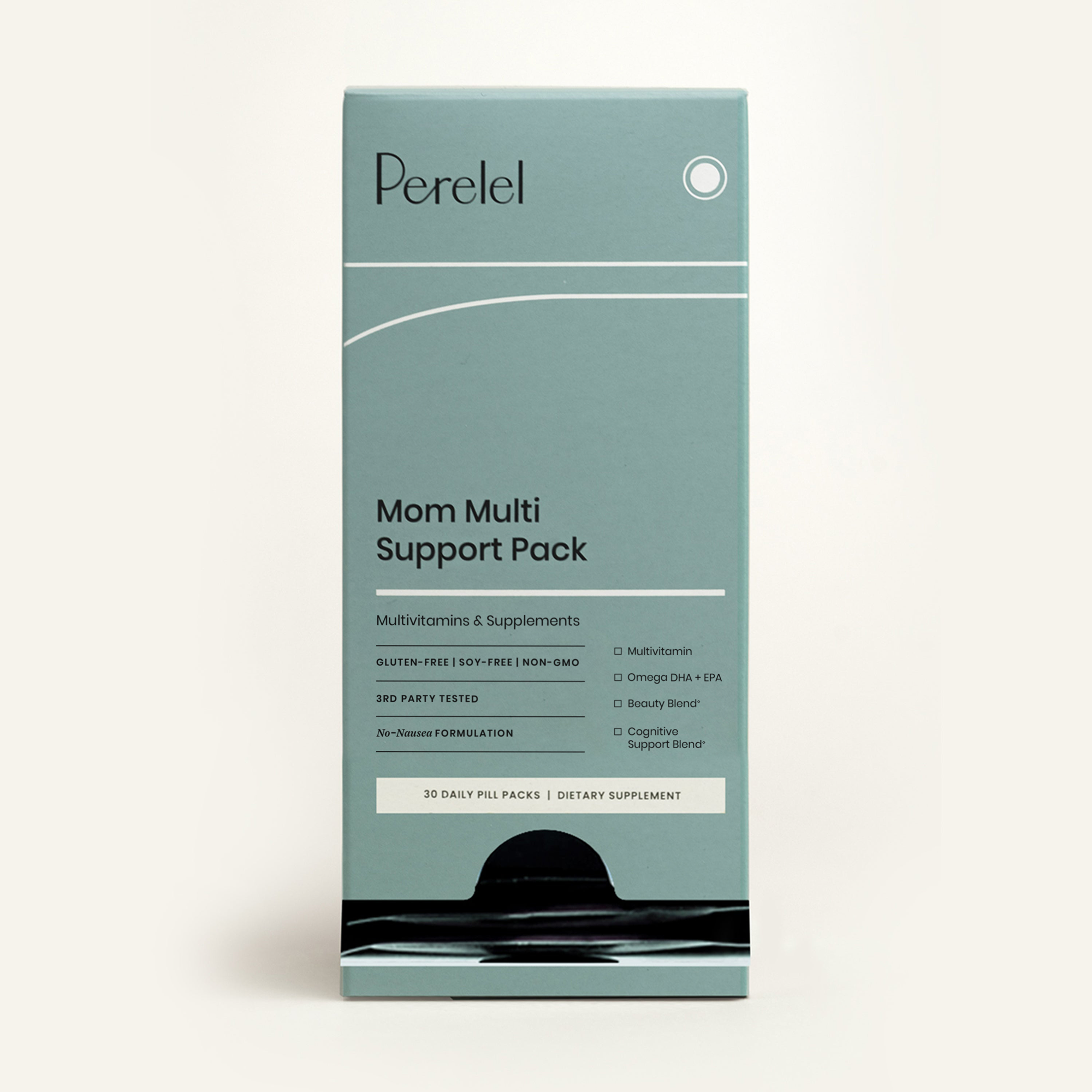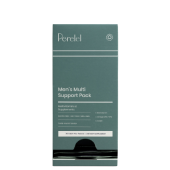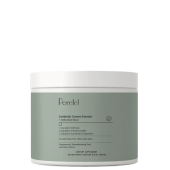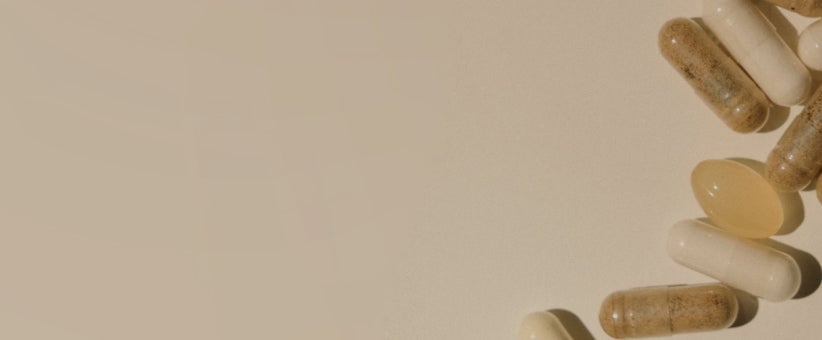Welcome to our series: Real Talk. Here, we share first-person stories from our community on various topics we all go through in our motherhood journey. We created this series because no two motherhood experiences are the same and everyone arrives at motherhood in their own way. And we think that's beautiful.
Today's topic: naturally inducing labor.
“I was told to drink lots of raspberry tea and eat six dates a day in the three weeks leading up to birth. I have no idea if it helped, but I did it. During my second pregnancy I took lots of baths with my toddler, which they say is supposed to help soften your cervix. I was also told that spicy food works wonders but if you have acid reflux—I’d highly advise against it!”
- Lauren
“Drink red raspberry leaf tea and eat pineapple, spicy foods, and pasta and pizza. Ironically I went into labor after eating lasagna, so who knows? Otherwise, I was told to walk a ton. You can massage the pressure points: There’s one on your hands between your thumb and pointer finger and one on the inside of your ankle above the bone, and shoulders. I’ve also been recommended acupuncture, to try bouncing on a birthing ball (There are some good YouTube videos on this!), squat in a yoga pose, put evening primrose oil onto your cervix, and sex.”
- Ruth
"I'm currently attempting to induce labor as we speak. I've been doing a lot of walking and my friend who is a doula recommended I try drinking raspberry leaf tea. In a few days I will be trying a famous "maternity salad" from a restaurant in Los Angeles called Ciaote. The dressing is apparently magical and can induce labor (I believe because it has castor oil in it). I also tried sex with my husband the other night."
- Sarah
Shop the Article:
Do you have any tips to naturally induce labor? Share them with us by joining the Perelel community on social or by subscribing to our newsletter.
This article is for informational purposes only. It is not, nor is it intended to be, a substitute for professional medical advice, diagnosis, or treatment and we recommend that you always consult with your healthcare provider. To the extent that this article features the advice of physicians or medical practitioners, the views expressed are the views of the cited expert and do not necessarily represent the views of Perelel.




















